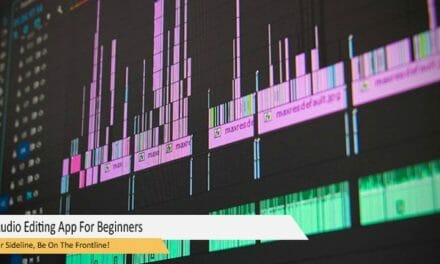Much like writing, graphic design, and photography, music can be pursued on a freelance basis. “Freelance,” in the sense that you could treat pursuing this craft as a source of income (either primary or supplementary).
Music is everywhere–it shouldn’t be that hard to treat it as a sideline, right?
But therein lies the problem: the way that content writers and graphic designers and photographers find their clients, doesn’t apply to freelance musicians.
What do I mean by this?
I mean that, in most virtual freelance marketplaces (where most freelancers pitch and sell their sidelines, and where they find their clients), there aren’t a lot of calls for musicians and scorers. You’d usually have to go on Jobstreet for that. It wouldn’t hurt to try searching for them on the usual sites by yourself, though (e.g., 99Designs, Twine, even Rakuboss). Don’t just take my word for it. The truth is that social media platforms (i.e., Facebook groups and Twitter) and personal networks aside, it’s surprisingly difficult to “find” sidelines as freelance musicians.
What can be done?
A fair amount of articles have already been written that address this particular issue. Try Dan Hughes’ “3 music marketing musts for freelance musicians to cut through the noise” on godaddy.com, and Apurva Rani’s “18 ways musicians can make money” on medium.com. They list down different, concrete ways you can start setting yourself up as a freelance musician.
Reading through them myself, I managed to come up with three main things you should remember (and consider doing, as is the case for #3) if you want to treat music-making/composing as a legitimate, money-making sideline:
Have a solid (and updated!) portfolio.
The thing about freelancing is that the way to “prove” that you are as experienced as you say you are, is through a well-curated portfolio.  This applies for all the other sidelines I mentioned earlier.
This applies for all the other sidelines I mentioned earlier.
As a musician/composer, choose a platform that you can upload your material onto (e.g., Spotify, YouTube, Soundcloud). Prioritize the content and accessibility of your “portfolio.” Be consistent in updating it!
This way, anyone interested in hiring you for sideline will immediately get a feel for the kind of music you’re currently creating.
Social Networking!
Don’t be afraid to rely on your family and friends to springboard your name and material into different spheres and conversations. The more you show yourself out there, the bigger the chances you have of getting spotted by people who need your talents!
Make a YouTube channel!
YouTube has advertising programs in place to help aspiring creators spread the word regarding recent releases. (Make sure to read through whatever terms and conditions are in place first!)But even before these programs were put in place, YouTube has proven to be a formidable platform for aspiring content creators. Its appeal, I think, lies in how “forgiving” it is. The world is filled with aspiring singers and instrumentalists and scorers and composers. All they need to get their material on YouTube is a camera/voice re
corder, a computer, a steady WiFi connection, and a YouTube account.
There is no guarantee that they’ll make it big right away. But they lose nothing in their wallets by trying and trying again.
Do you know of any other way freelance musicians and composers can make money online? Let me know in the comments section below!







